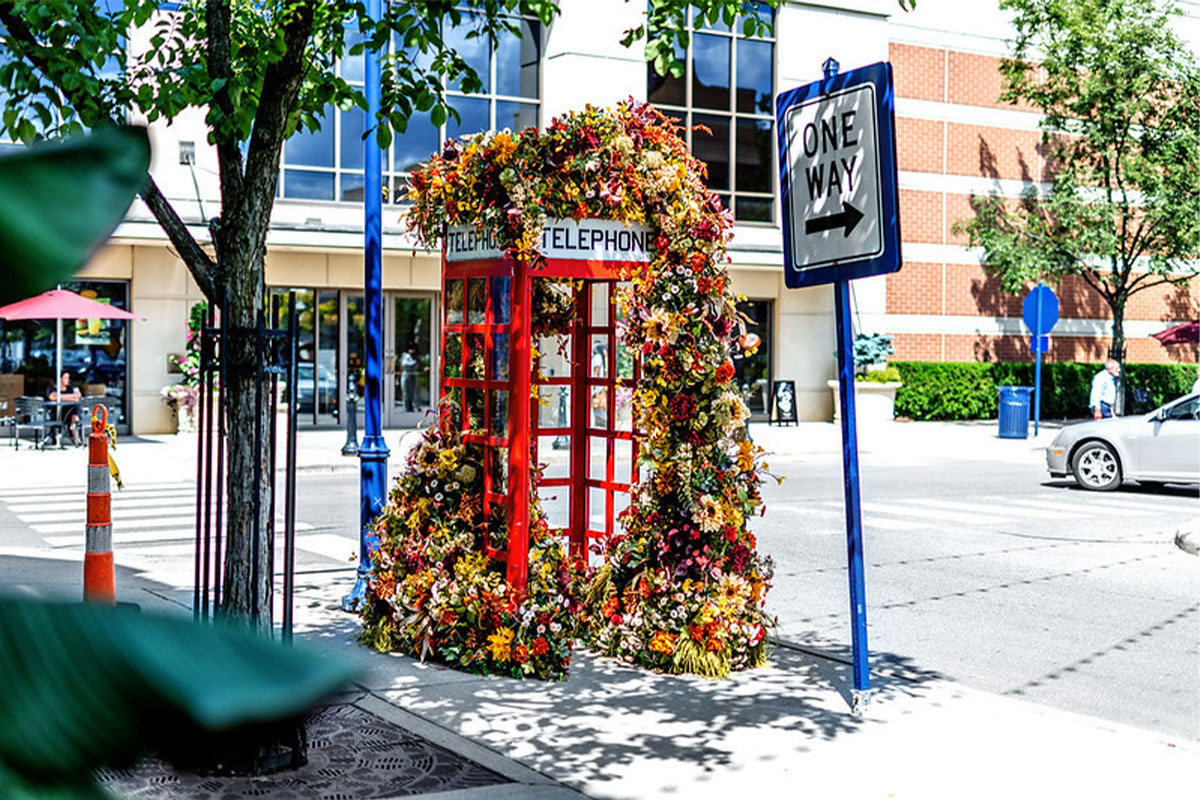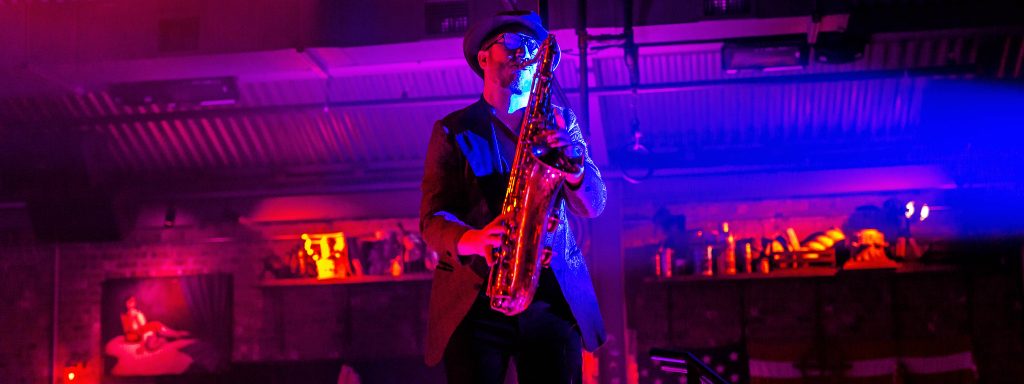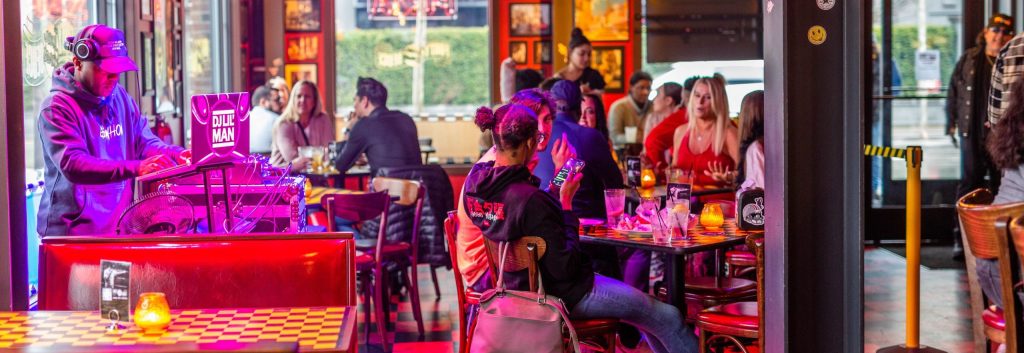By Yaromir Steiner
When talking about the defining attraction for the world’s most visited cities, an iconic art installation is typically peoples’ first thought. Whether it’s Michaelangelo’s frescoes in Rome’s Sistine Chapel, the Eiffel Tower in Paris or the Arch in St. Louis, public art has delivered immense cultural, social and economic value for millenia.
Today, communities look to public art installations as a way to establish a unique identity and strong sense of place. In addition to its pleasing aesthetic, public art humanizes the built environment and serves as a reflection of its place and time in a way that activates the imagination and stimulates deeper thought into common systemic issues.
An Artistic Evolution
Artists are the soul of society—making the people, developments and communities that commission public art key contributors to society’s soul. The intent and reasoning behind each art installation is constantly evolving, a fact that Steiner + Associates knows from experience.
When our Easton Town Center project first opened in 1999, our primary goal was to deliver a fantastic experience for our guests, which we often accomplished through public art installations. In those early days, the Steiner team commissioned several murals that were purely decorative. Whether a collection of colors, a serendipitous message or a Columbus-centric visual, these murals carried the main intention of getting customers to return to the center.
As the years went on, we realized that we have an important role to play in contributing to the health and wellbeing of the region—by supporting the creative class and amplifying their artistic voices. For example, Easton collaborated with Jarvis Art Studio to create the Fenlon Square mural as well as the Train mural in the Station Building. Grace Korandovich created an instagram-worthy, beautiful floral arrangement around the telephone booth in the North District. Easton Town Center will also have a robust public art display in the new district expansion, with details to be announced soon. Easton has been a supporter of the creative community for many years and is continuing to enhance these partnerships moving forward. While these evolved artworks and poetic pieces still aid in creating a top-notch guest experience, they also tell an important story about the local environment, and ourselves.
The Impact of Public Art
The impact of public art cannot be understated. According to Americans for the Arts, 69% of Americans believe the arts lift them up beyond everyday experiences, and 81% say the arts are a positive experience in a troubled world. 70% also noted that they enjoy the arts in unexpected places, such as a shopping center.
Public art also contributes to stress reduction, mood enhancement and a sense of belonging, not to mention slows down passersby so they can more fully enjoy a space. In terms of cultural identity, public art immensely influences how people connect with a space—with aesthetics cited as a top-three characteristic why residents attach themselves to a community.
That individual well-being is so dramatically affected by art is all the more reason to be strategic and purposeful in the commissioning of public art installations.






